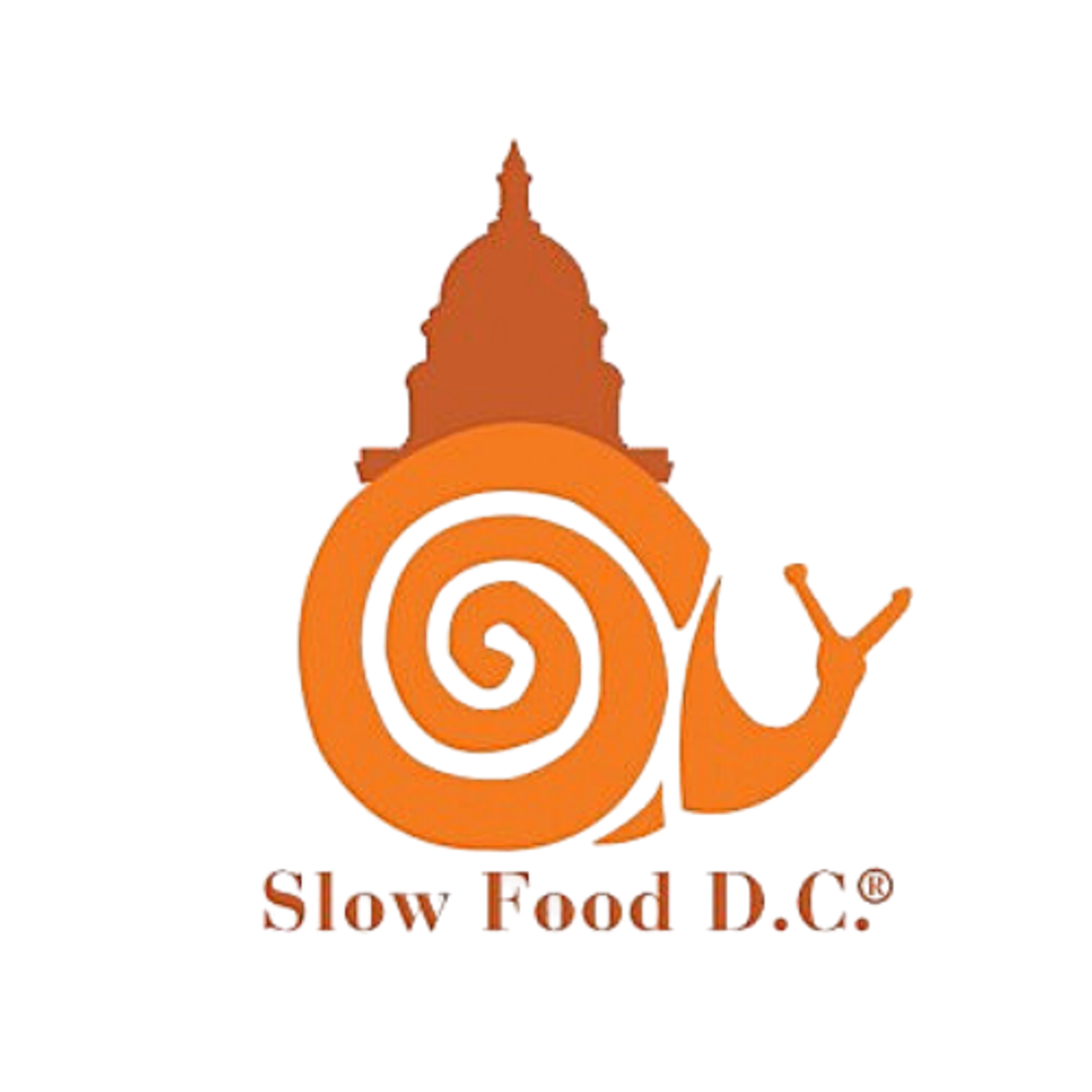Feb 26: A Renaissance for Craft Spirits
Many thanks to Derek Brown, Michael Lowe, and James Rodewall for a fascinating panel discussion – and interesting follow-up conversations over cocktails – on The Craft Distilling Revolution earlier this week (part of the American History Museum’s After Hours series). I learned a lot, including the fact that I may actually like gin cocktails. Who knew?Craft Distilling: The BasicsA spirit must contain 3 things: yeast, sugar, and either fruit or grain. It generally starts as a beer or wine, then is heated to remove much of the water, and finally tinkered with via the addition of various herbs or aging to create delicate flavor profiles (or, in the case of my experiences with mezcal, something akin to a punch in the throat).One of the interesting things that I learned during the discussion was that much like the confusion about what makes food “local,” there is no fixed definition of what makes something a “craft,” also known as micro-distilled, spirit. Beyond the fact that the distillery producing it can make no more than 100,000 cases per year, a craft spirit can be pretty much anything stronger than beer or wine. Similarly, “handmade” can be freely applied to a spirit label without any particular criteria – even something as seemingly obvious as needing to touch a human hand at some point in the process of distillation is not a requirement. As I listened to the speakers, I was indignant. Scandalized, even. But there is hope.Read the LabelBeware of labels reading “bottled by” someone local – which is usually in tiny, scripted print somewhere on the bottle. Though there are some fine drink ingredients made all over the world, if you’re truly seeking the local booze terroir, you’re going to want to stick to those which are “distilled by” folks who are working in the greater DC area, some of whom even source their fruit and grains (or their wine and beer bases) from local farmers and brewers.To be clear, I’m not saying you have to drink only locally sourced stuff, but rather that if that is what you seek you may have to do a little more work to find out the real deal.The best way to learn about how spirits are made, where they come from, and what is in them is by asking questions. You can go to the interwebs and research, or, ideally, you can ask your neighborhood bartender who, if he’s worth his salt, can tell you all about his spirit wares. And here I thought I knew a fair bit about cocktails…. Seems I’ve got some more learning (and sampling) to do.Want to Learn More?Stay tuned for some upcoming spirit bottling, tasting, and touring events in coming months.
